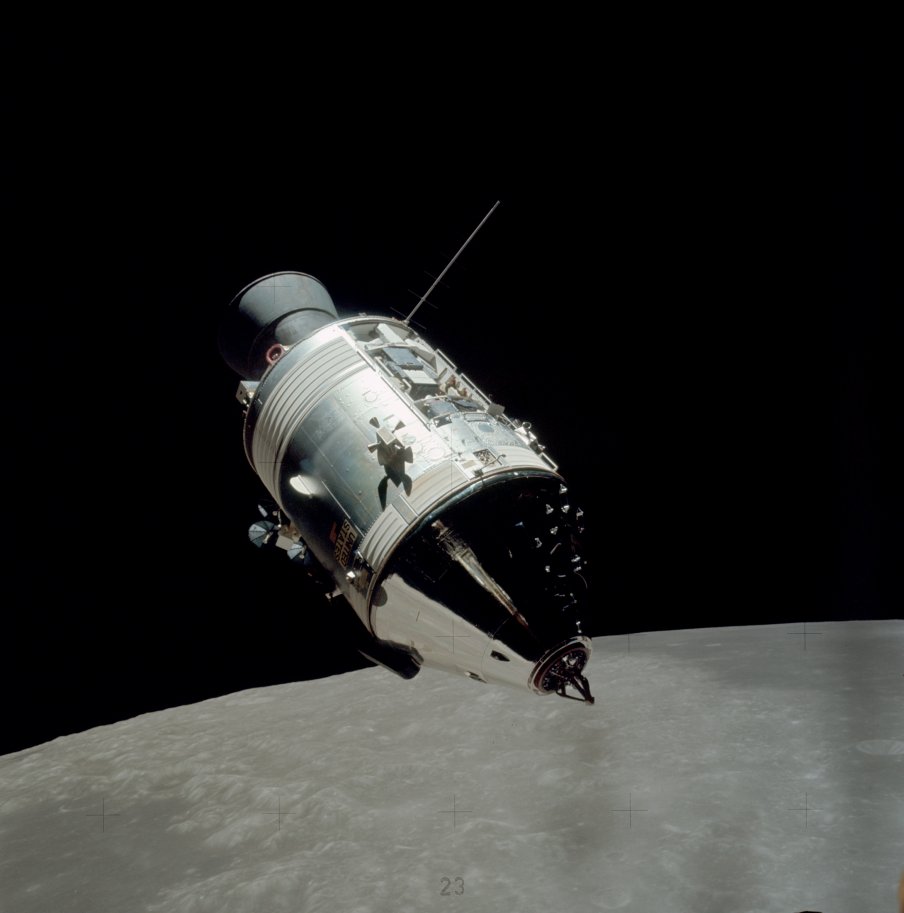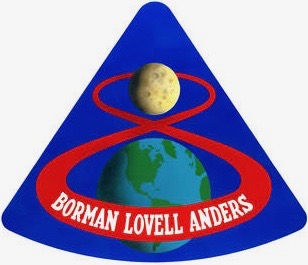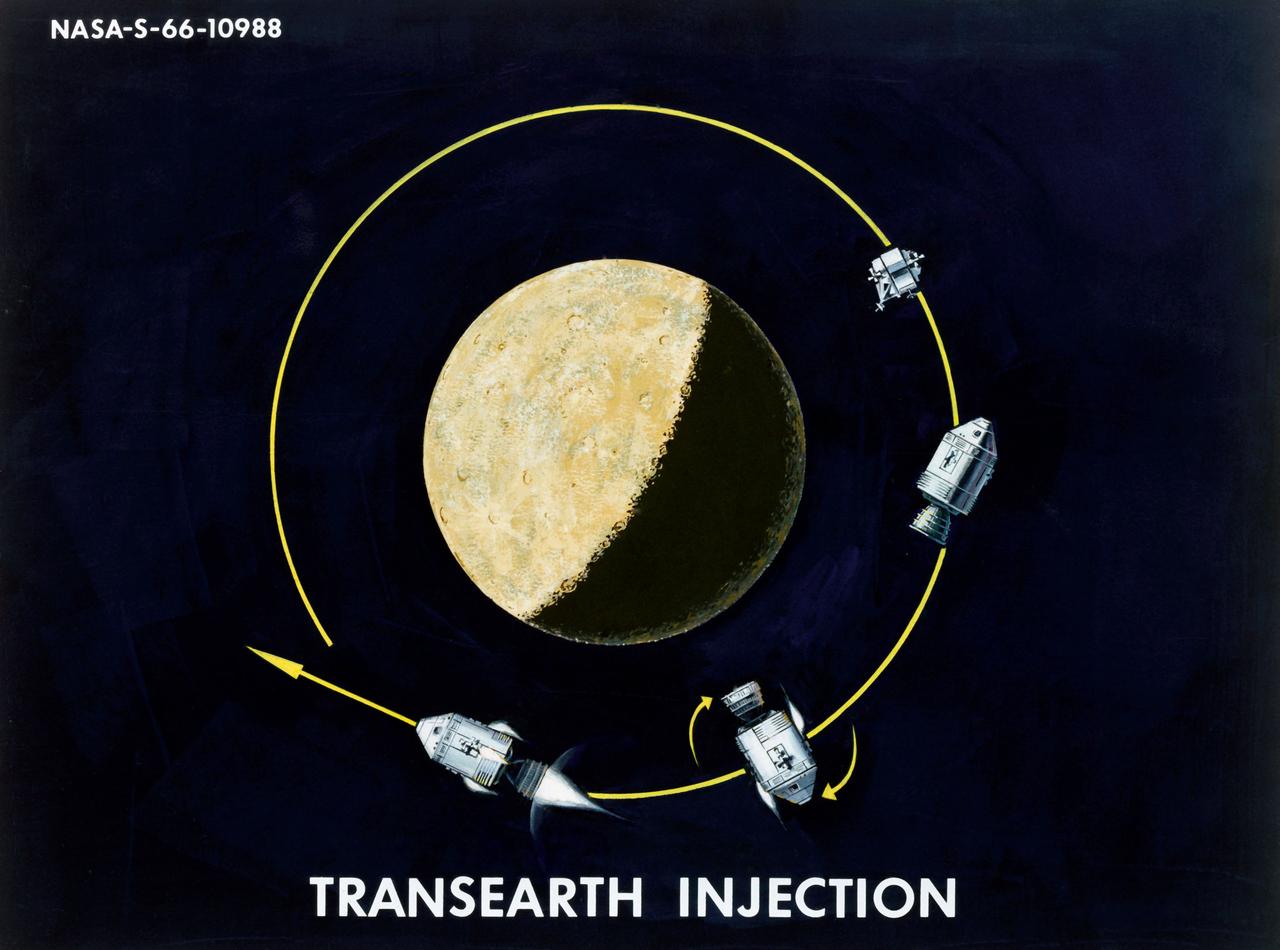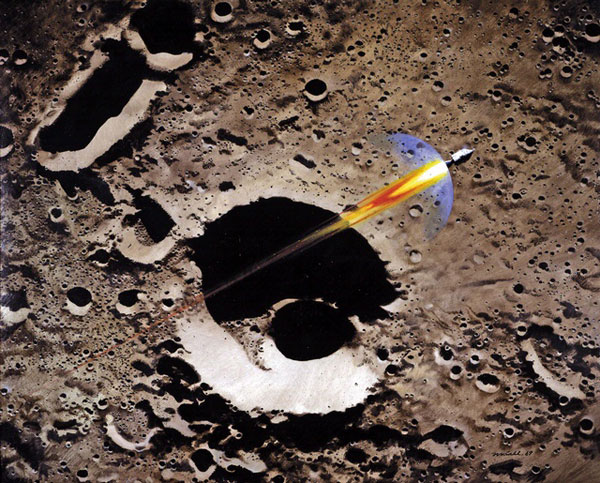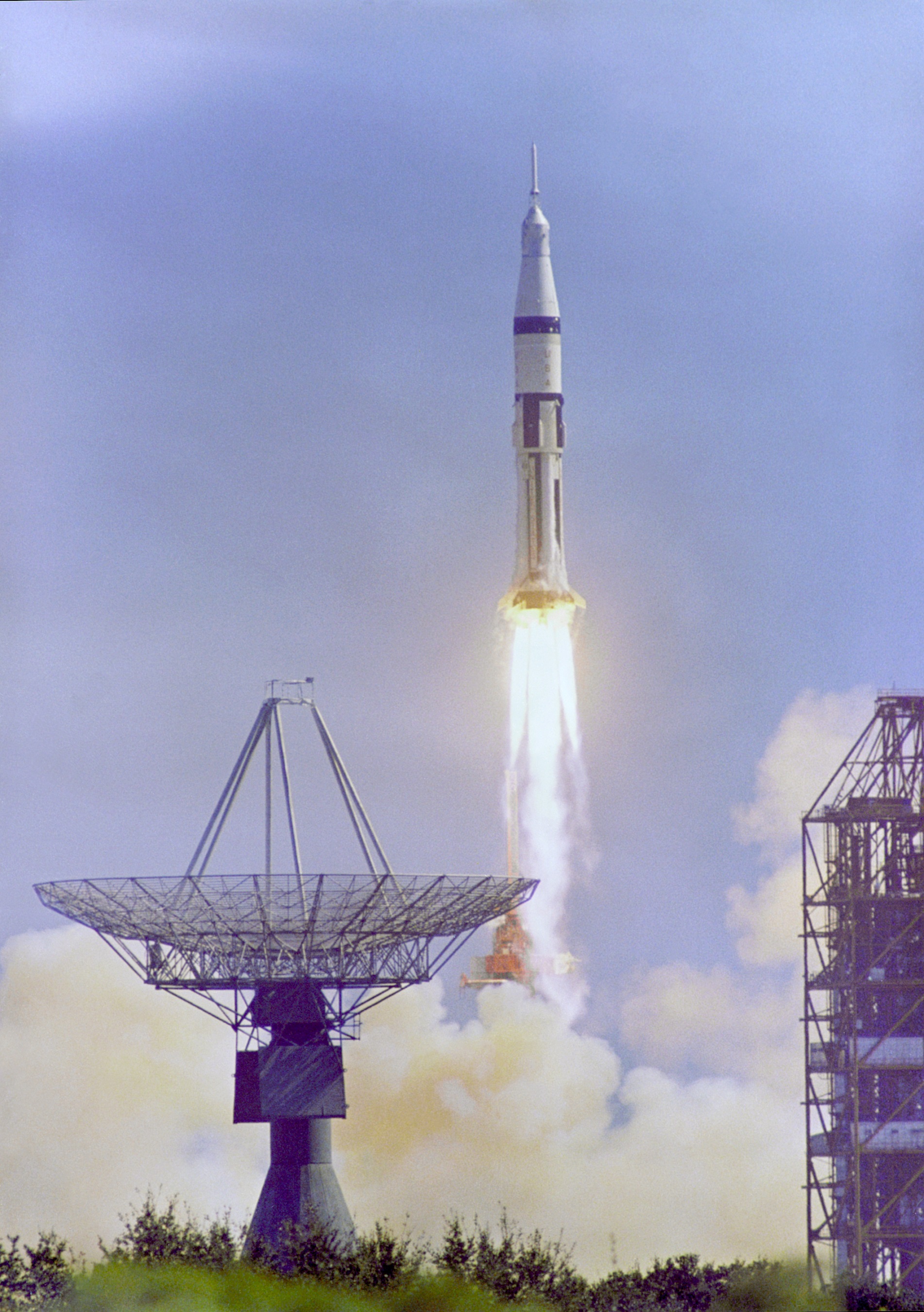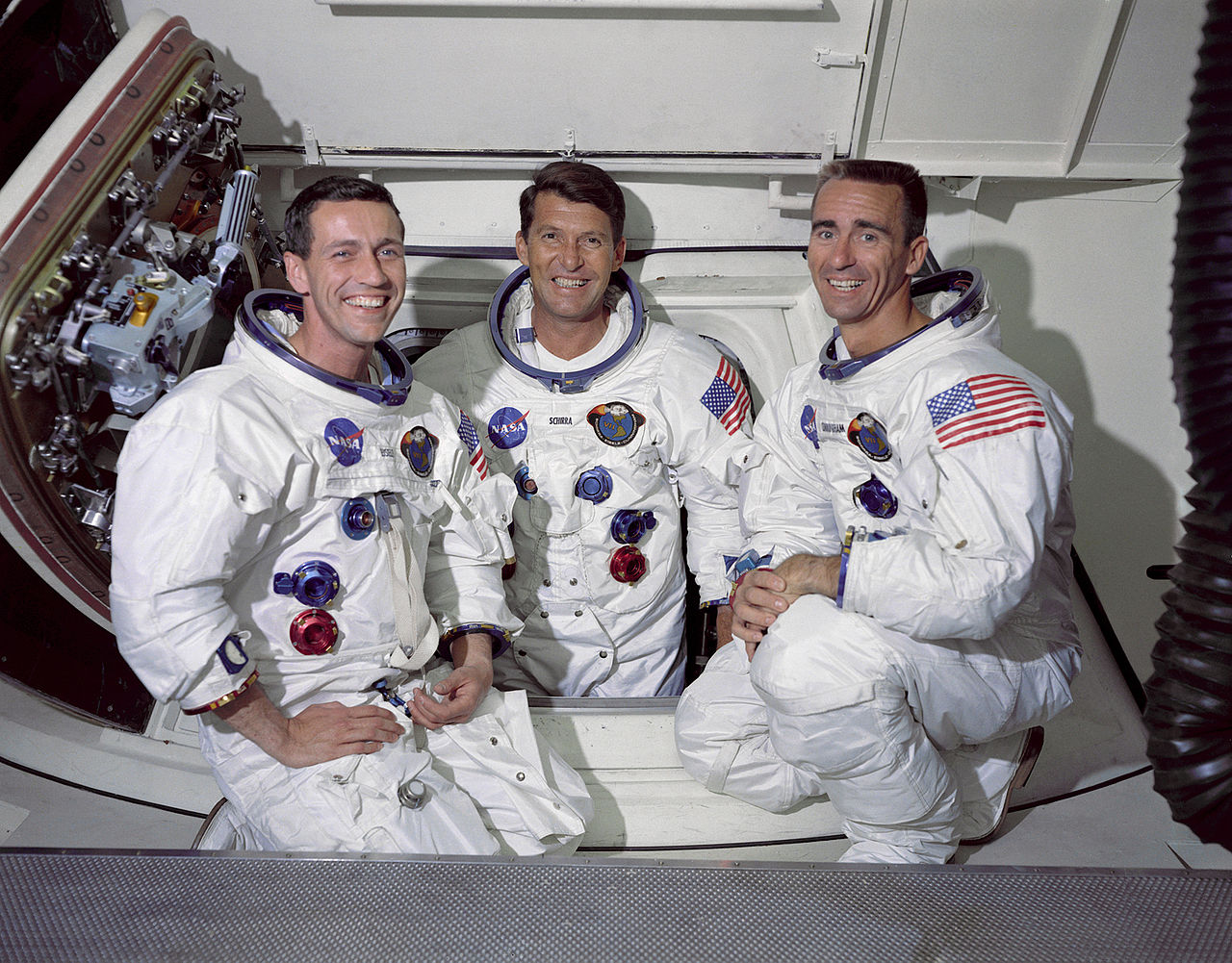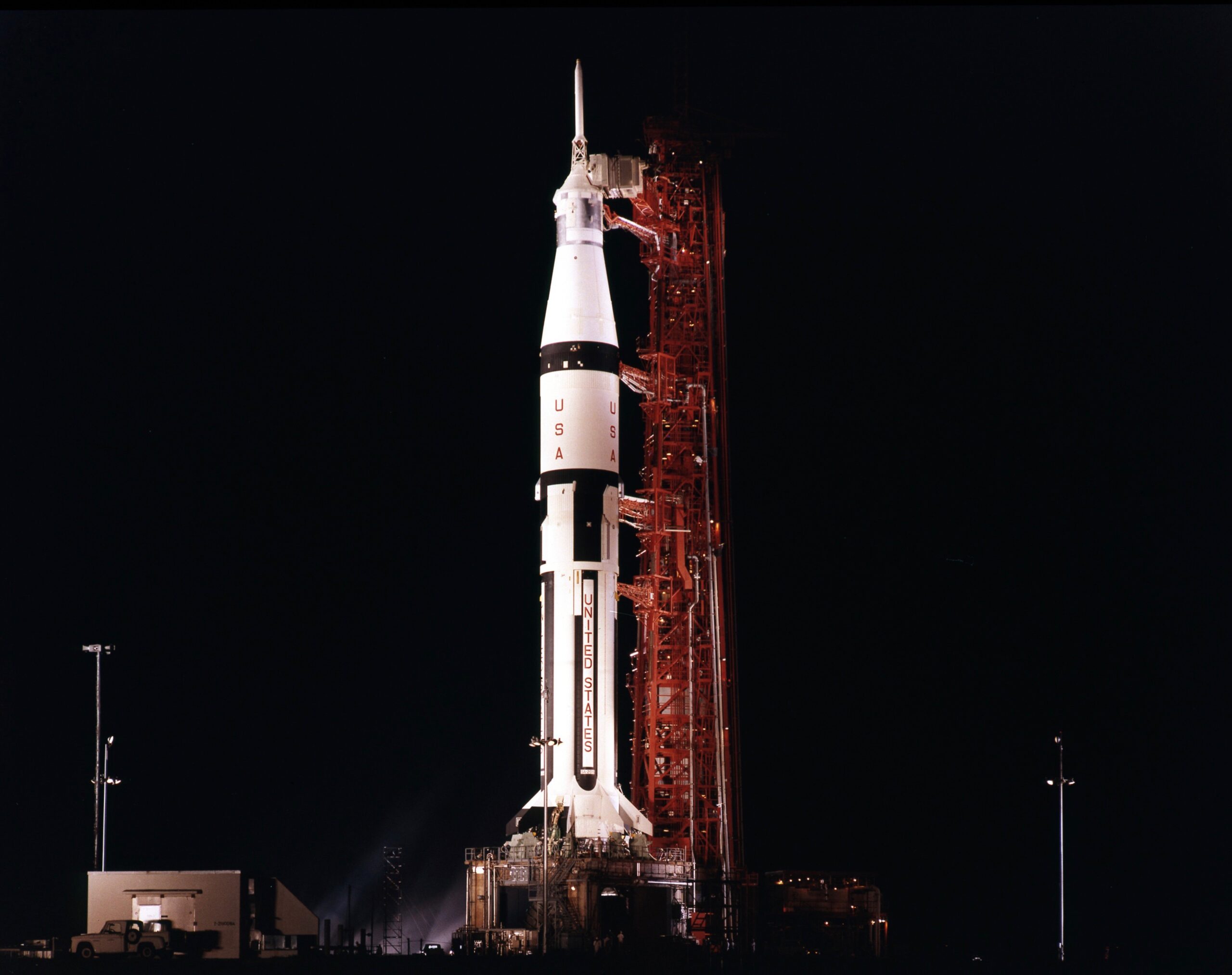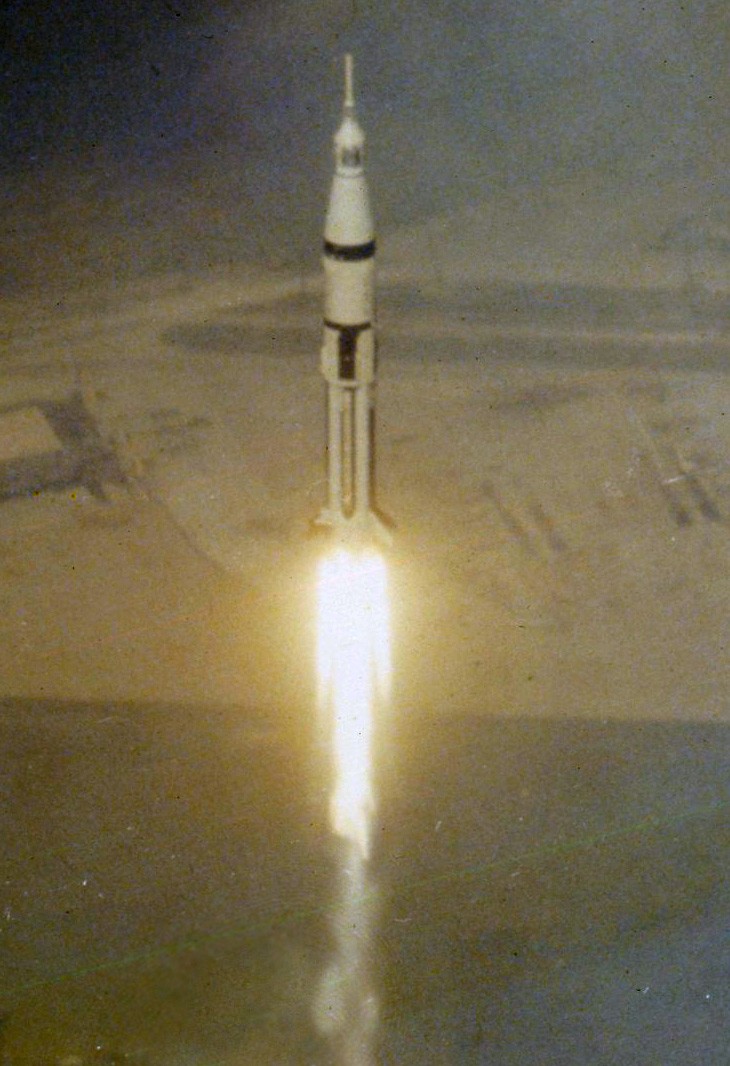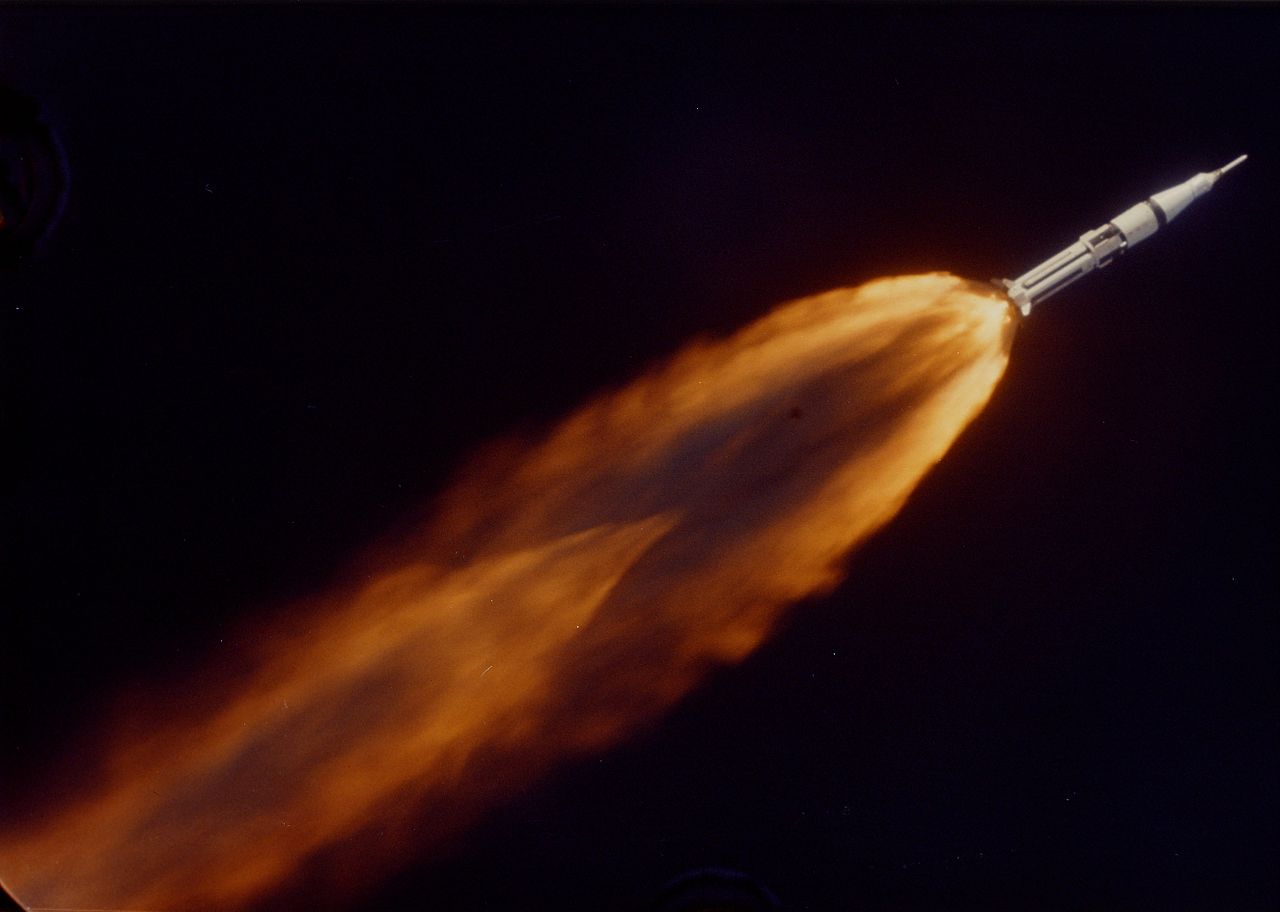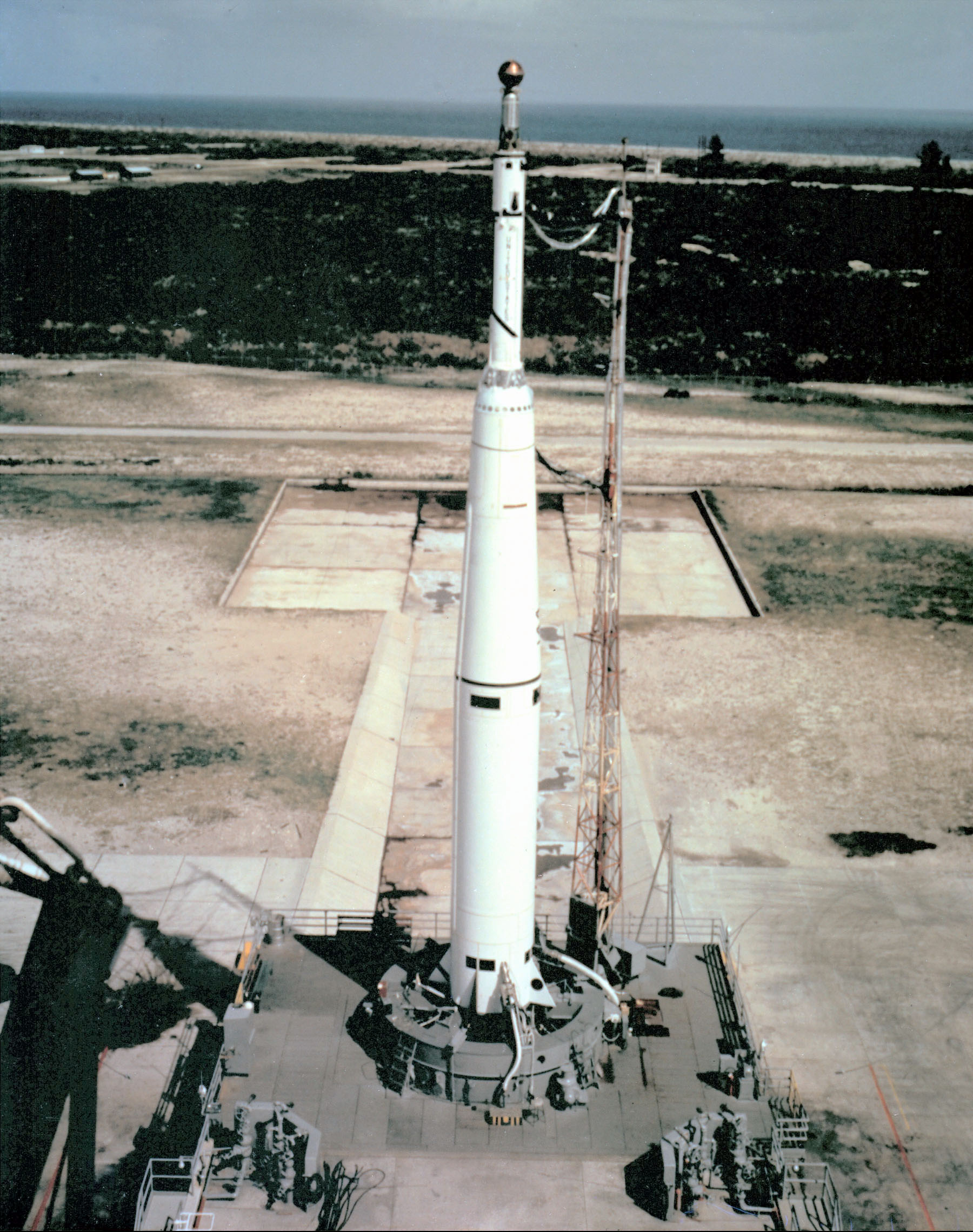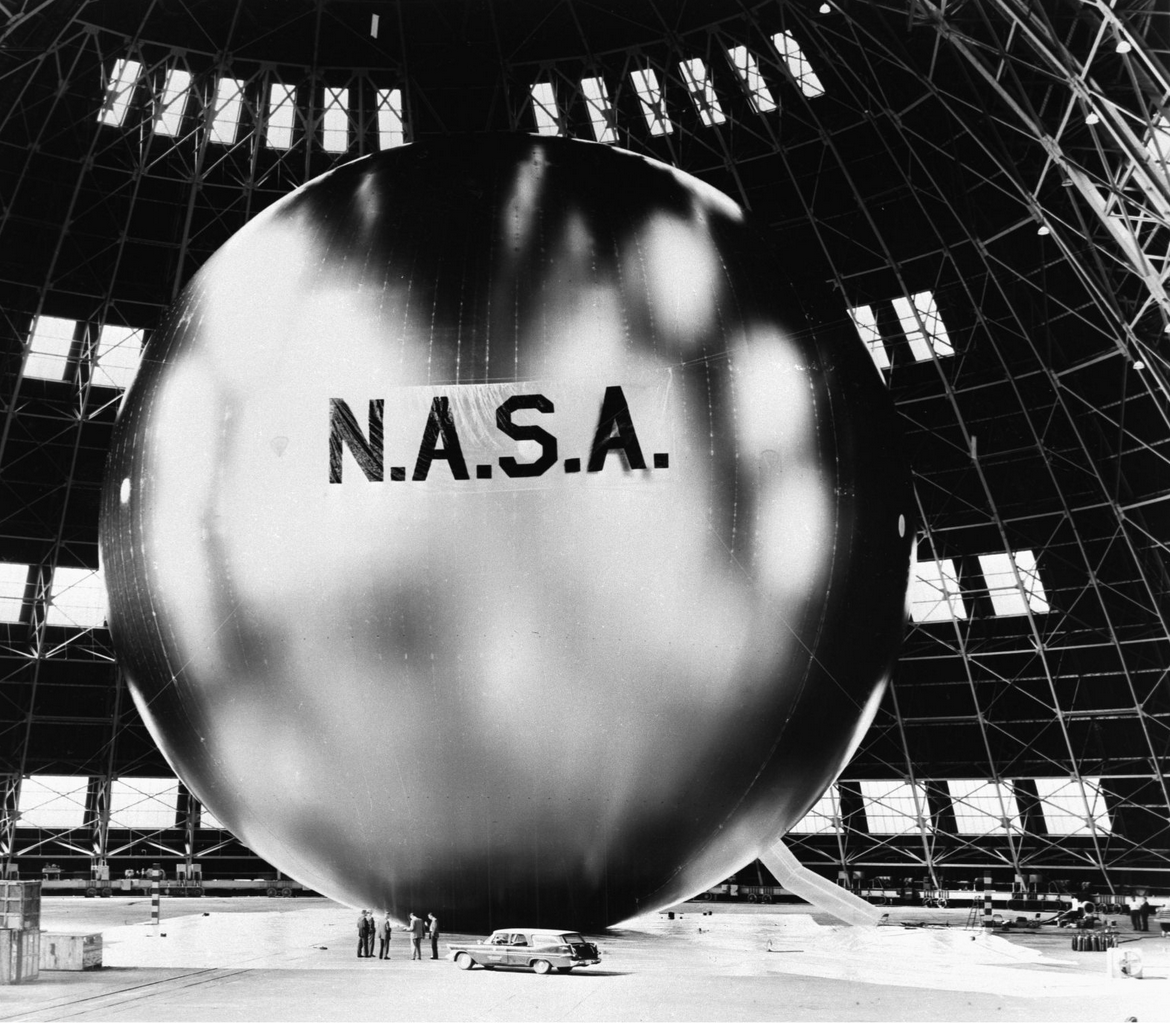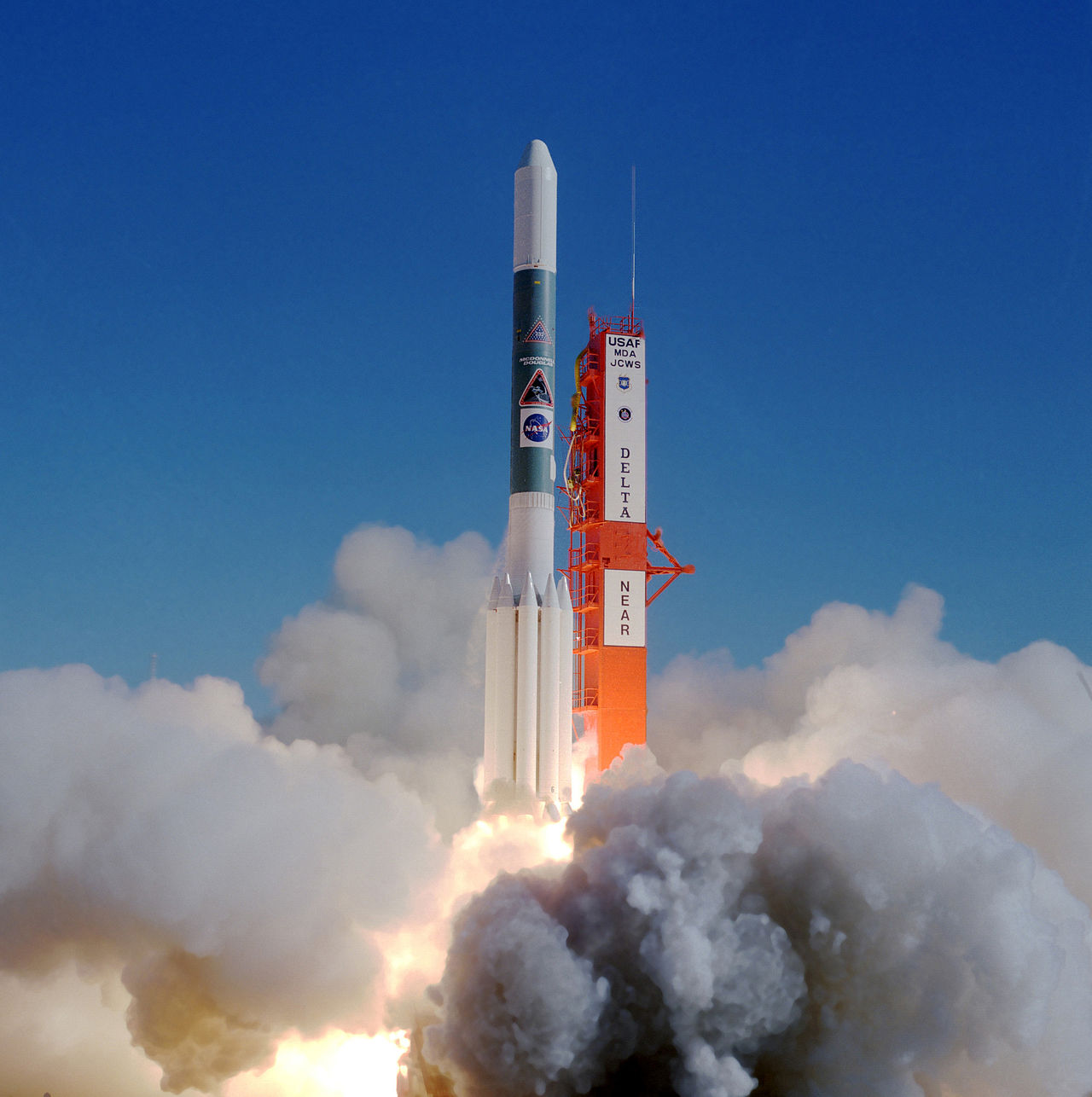
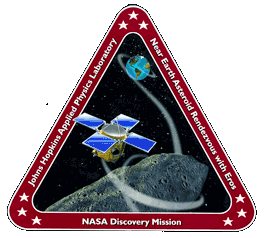 17 February 1996, 20:43:27 UTC: The National Aeronautics and Space Administration/Johns Hopkins University Applied Physics Laboratory space probe NEAR—Near Earth Asteroid Rendezvous—was launched aboard a three-stage McDonnell Douglas Delta II rocket from Launch Complex 17 at the Cape Canaveral Air Force Station, Cape Canaveral, Florida.
17 February 1996, 20:43:27 UTC: The National Aeronautics and Space Administration/Johns Hopkins University Applied Physics Laboratory space probe NEAR—Near Earth Asteroid Rendezvous—was launched aboard a three-stage McDonnell Douglas Delta II rocket from Launch Complex 17 at the Cape Canaveral Air Force Station, Cape Canaveral, Florida.
The purpose of the 5-year-long mission was to study several near-Earth asteroids, including 253 Mathilde and 433 Eros.
The space probe was renamed NEAR Shoemaker in honor of Eugene Merle (“Gene”) Shoemaker, Ph.D., a well-known planetary scientist who dies in a vehicle collision in Australia, 18 July 1997.
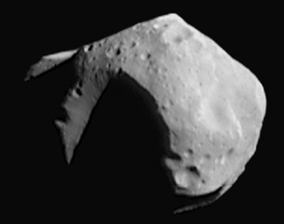
NEAR Shoemaker made its closest approach to 253 Mathilde on 27 June 1997, passing the asteroid at a distance of approximately 1,200 kilometers (746 miles) at 35,748 kilometers per hour (22,213 miles per hour). More than 500 photographic images, along with sensor data, were transmitted to Earth. The space probe’s main engine was then ignited to send it on a new trajectory to 433 Eros.
NEAR Shoemaker was placed into an orbit around 433 Eros on 14 February 2000. NEAR Shoemaker photographed and studied the asteroid for nearly a year, and then on 12 February 2001, after completing 230 orbits, made a soft landing on its surface.
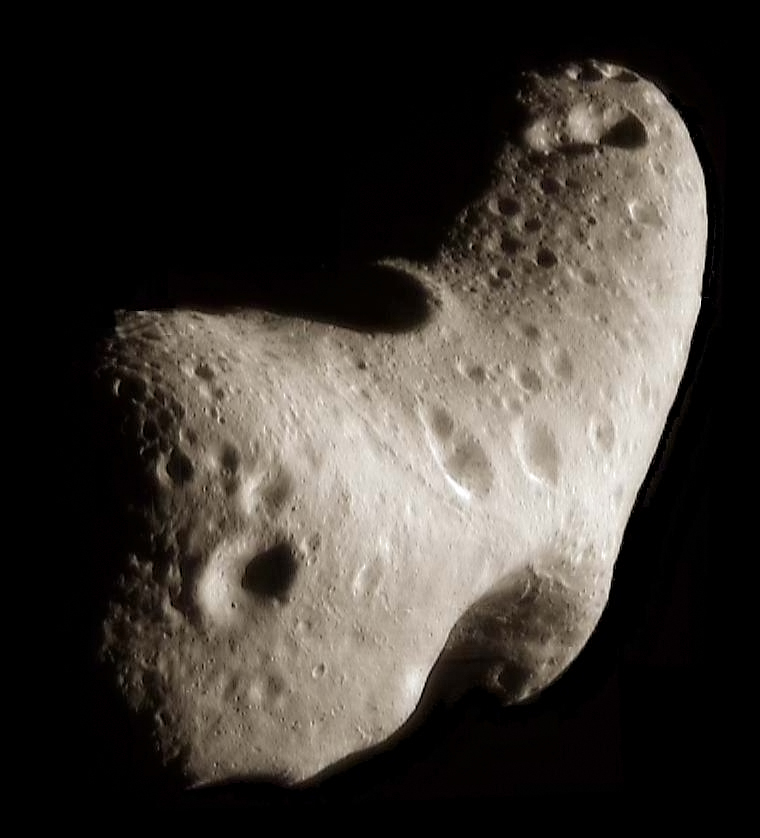
 The McDonnell Douglas Delta II 7925-8 Orbital Launch Vehicle is a three-stage, liquid-fueled rocket. It is 125 feet, 4 inches (38.201 meters) long, 8 feet, 0 inches (2.438 meters) in diameter, and weighs approximately 480,000 pounds (217,724 kilograms). At the time, the Delta II was the smallest rocket used to launch a planetary mission.
The McDonnell Douglas Delta II 7925-8 Orbital Launch Vehicle is a three-stage, liquid-fueled rocket. It is 125 feet, 4 inches (38.201 meters) long, 8 feet, 0 inches (2.438 meters) in diameter, and weighs approximately 480,000 pounds (217,724 kilograms). At the time, the Delta II was the smallest rocket used to launch a planetary mission.
![]() The first stage is a Thor/Delta XLT-C (“long-tank Thor”), which is 85 feet, 5½ inches (26.048 meters) long, 8 feet, 0 inches (2.438 meters) in diameter, and weighs 224,600 pounds (101,877 kilograms) when fully fueled. The stage is powered by one liquid-fueled Rocketdyne RS-27A rocket engine, rated at 236,992 pounds of thrust (1,054.193 kilonewtons). Fueled with 10,000 gallons (37,854 liters) of RP-1/LOX propellant and oxidizer, the engine has 4 minutes, 25 second burn time.
The first stage is a Thor/Delta XLT-C (“long-tank Thor”), which is 85 feet, 5½ inches (26.048 meters) long, 8 feet, 0 inches (2.438 meters) in diameter, and weighs 224,600 pounds (101,877 kilograms) when fully fueled. The stage is powered by one liquid-fueled Rocketdyne RS-27A rocket engine, rated at 236,992 pounds of thrust (1,054.193 kilonewtons). Fueled with 10,000 gallons (37,854 liters) of RP-1/LOX propellant and oxidizer, the engine has 4 minutes, 25 second burn time.
![]() Surrounding the Thor are nine Alliant Techsytems (ATK) GEM-40 (Graphite-Epoxy Motor) solid fuel boosters. They are 42 feet, 6 inches (12.957 meters) long, and 3 feet, 4 inches (1.018 meters) in diameter, and weigh 28,671 pounds ( kilograms). Each booster produces 110,800 pounds of thrust (492.863 kilonewtons), and have 1 minute, 4 second burn time. Six of the nine GEM-40s are ignited at launch, and the remaining three ignite after the first six burn out.
Surrounding the Thor are nine Alliant Techsytems (ATK) GEM-40 (Graphite-Epoxy Motor) solid fuel boosters. They are 42 feet, 6 inches (12.957 meters) long, and 3 feet, 4 inches (1.018 meters) in diameter, and weigh 28,671 pounds ( kilograms). Each booster produces 110,800 pounds of thrust (492.863 kilonewtons), and have 1 minute, 4 second burn time. Six of the nine GEM-40s are ignited at launch, and the remaining three ignite after the first six burn out.
![]() The second stage is a McDonnell Douglas Delta K, which is 19 feet, 3 inches (5.867 meters) long, 8 feet, 0 inches (2.438 meters) in diameter, and weighs 15,331 pounds ( kilograms). The Delta K is powered by one Aerojet AJ10-118K liquid-fueled rocket engine which produces 9,800 pounds of thrust (43.593 kilonewtons). It has a 7 minute, 11 second burn time.
The second stage is a McDonnell Douglas Delta K, which is 19 feet, 3 inches (5.867 meters) long, 8 feet, 0 inches (2.438 meters) in diameter, and weighs 15,331 pounds ( kilograms). The Delta K is powered by one Aerojet AJ10-118K liquid-fueled rocket engine which produces 9,800 pounds of thrust (43.593 kilonewtons). It has a 7 minute, 11 second burn time.
![]() The third stage is a McDonnell Douglas PAM-D (Payload Assist Module), powered by a Thiokol Propulsion Star 48B solid rocket motor, which produces 15,000 pounds of thrust (66.723 kilonewtons), and has a burn time of 1 minute, 27 second burn time.
The third stage is a McDonnell Douglas PAM-D (Payload Assist Module), powered by a Thiokol Propulsion Star 48B solid rocket motor, which produces 15,000 pounds of thrust (66.723 kilonewtons), and has a burn time of 1 minute, 27 second burn time.
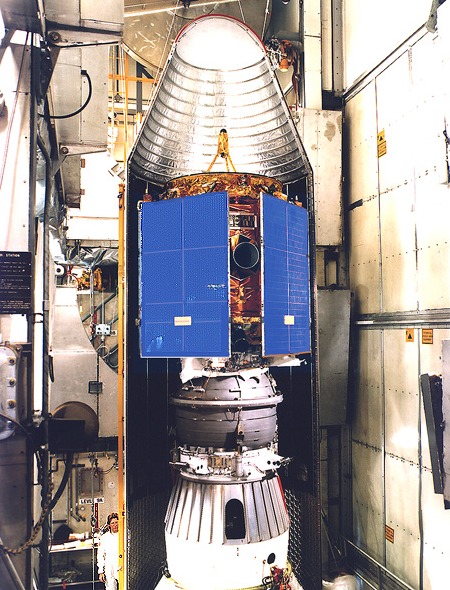
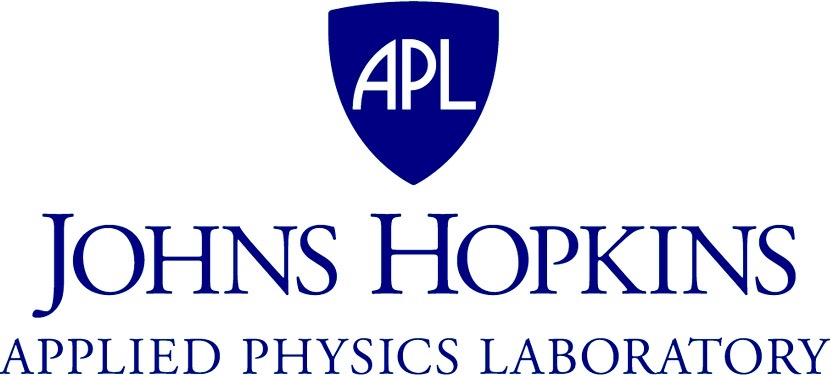 The NEAR space probe was designed and built by the Johns Hopkins University Applied Physics Laboratory. The probe was equipped with an X-ray/gamma ray spectrometer, near-infrared imaging spectrometer and a multi-spectral CCD imaging camera, laser rangefinder and magnetometer. NEAR was 9 feet, ¼-inch (2.749 meters) long and weighed 1,803 pounds (817.8 kilograms). Power was supplied by four solar panels, capable of generating 400 watts.The main engine produced 450 Newtons (101 pounds) of thrust using hydrazine and nitrogen tetroxide. A system of 11 hydrazine thrusters and 4 reaction wheels were used attitude control.
The NEAR space probe was designed and built by the Johns Hopkins University Applied Physics Laboratory. The probe was equipped with an X-ray/gamma ray spectrometer, near-infrared imaging spectrometer and a multi-spectral CCD imaging camera, laser rangefinder and magnetometer. NEAR was 9 feet, ¼-inch (2.749 meters) long and weighed 1,803 pounds (817.8 kilograms). Power was supplied by four solar panels, capable of generating 400 watts.The main engine produced 450 Newtons (101 pounds) of thrust using hydrazine and nitrogen tetroxide. A system of 11 hydrazine thrusters and 4 reaction wheels were used attitude control.
© 2019, Bryan R. Swopes
